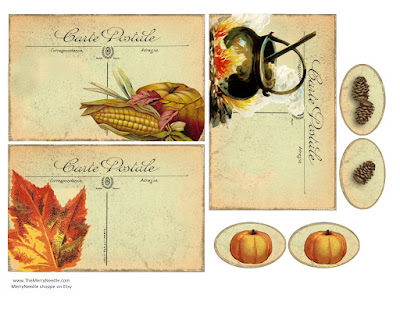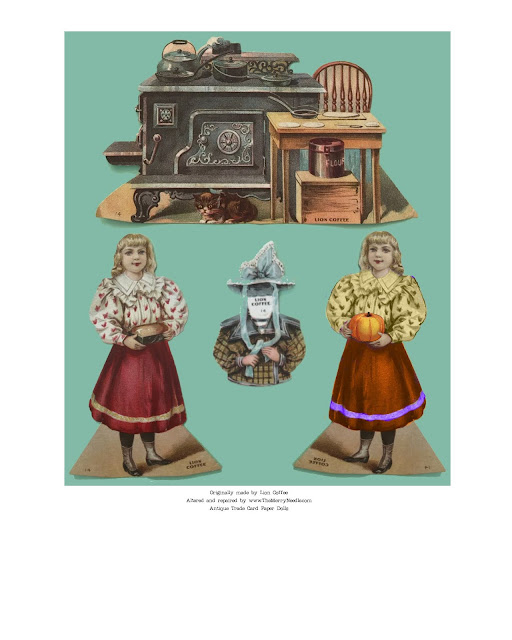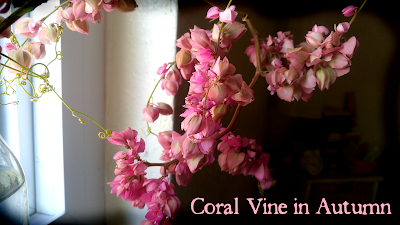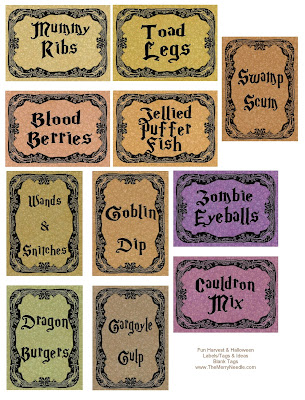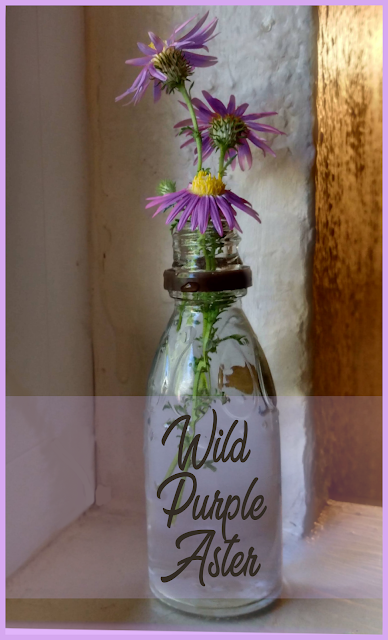Well my dears, today we have a colorful version of the small printable seed packets posted on Monday.
These feature old images of pretty flowers and vegetables, so you can use one for flowers, one for food seeds.
I think these would make it extra-special if giving gifts of your collected seeds, especially if you are out of glassine envelopes or mylar pouches, and don't have time to get any.
In these times, it is more important than ever to have an eye to the future, and future needs that may look more like pioneer days than we expect. If you can, have seeds on hand, and plant fruit trees and vines that can help you get vitamin C and other nutrients.
If you live in an apartment or rental home, consider growing mint in a bright window. It is medicinal as well as delicious. I consider it a very important item to have growing in the home. It has vitamins C, K, and B-6 as well as E, and it has folate and manganese. It has magnesium, calsium, iron, potassium, and riboflavin (another type of B-vitamin). It can settle a stomach quickly, too.
Sadly, many have forgotten that within the lifetimes of our eldest citizens, Victory Gardens were vital to the survival of individuals and the society. My widowed grandmother kept a "milch cow" in town, and chickens, and grew many unusual fruits and vegetables, during World War II.
My own father would have starved, had he not been adept at foraging for wild foods and hunting squirrels during the Depression. He hated shooting the squirrels, and after the war never picked up a gun again, but he hated the sight of his tiny siblings crying in hunger more.
If you get a chance, read "Once Upon A Town: The Story of the North Platte Canteen." It will amaze you. The farmers and ranchers of North Platte, Nebraska, the very heart of the heartland, provided so much food to the troop trains during World War II. Day in, day out, blizzards or scorching summer days, every troop train was met with an abundance of baked goods, fruits, vegetables, and meals. Popcorn balls studded with peanuts, pink-iced cakes, cookies and rolls were served by the tens of thousands, too. And this was before high-tech agriculture and GMO. This was clever thought, hard work, generous and no-nonsense spirits. It was quite unusual, in that the women who ran the canteen ignored the segregation of the day and served everyone, with no differences. They didn't have time to be petty. The fate of the world was at stake, and their part was important, and they knew it.
So save those seeds, including flower seeds that "do nothing" -- except brighten hearts. Seeds provide us with the means to have food for the stomach and the soul.
As always, DON'T save the image! Use the LINK provided, because only the link gives you access to a full-sized file that will print correctly.
LINK to Google Drive file HERE.
Kind regards,
Olde Dame Holly Rose









